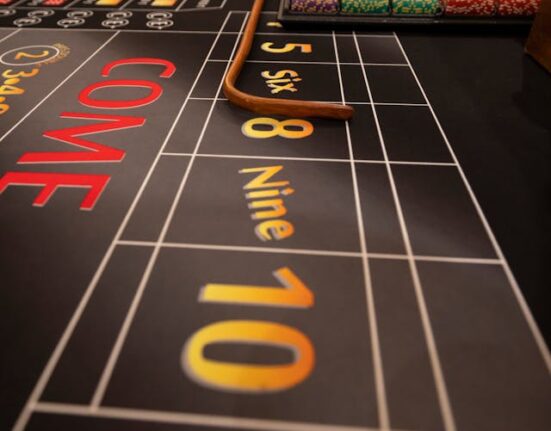Radio Era in its Early Days
Baseball fans relied on radio broadcasts in the early 20th Century, before television was invented, to keep up with their favorite teams. Red Barber, Mel Allen, and other pioneering broadcasters became household names for their skillful narration of the action. They painted vivid pictures using their words. Radio waves can convey the crack of a bat, the roaring of a crowd, or the tension of tense air.
The Plate is on Television
In the 1950s, television was introduced and marked a turning point in MLB broadcasting. Fans could now watch their favorite players’ athleticism and skills from the comfort of home. Vin Scully’s voice became synonymous with Los Angeles Dodgers broadcasts. It created a bond between the audience, the players, and the game beyond the confines of the ballpark MLB중계
.
Instant Replay Revolution
Instant replay was introduced in the 1960s as technology advanced. This added a whole new dimension to MLB broadcasts. The instant replay allowed fans to relive key moments, analyze close calls, and marvel at amazing plays from different angles. Slow-motion replays became a part of the viewing process, allowing viewers to examine the game with unprecedented detail.
The Digital Era – Streaming and interactive experiences
MLB has embraced digital platforms as the internet is now a part of our daily lives. This allows us to reach an international audience. MLB.tv, a streaming service, revolutionized how fans consume content by offering live games and highlight packages as well as exclusive behind-the-scenes footage. Fans can now enjoy their favorite sport with ease on smartphones, tablets, and smart TVs.
Virtual Reality (VR), and Augmented Reality(AR)
MLB broadcasts continue to explore the boundaries of technology and are now experimenting with virtual reality and augmented realities. Virtual reality platforms let fans experience games like they are sitting in the stadium’s best seats, creating an immersive and interactive experience. Augmented reality improves broadcasts by adding real-time statistics and player information. This creates a more engaging presentation.
Social Media and Fan Engagement
The use of social media in MLB broadcasts has grown to be a powerful tool. Teams, players, and broadcasters connect with fans via Twitter, Instagram, and Facebook in real-time, sharing insights and behind-the-scenes moments. Interacting with other fans and gaining access to exclusive content have transformed the viewing event into a community-wide experience, despite geographical boundaries.
MLB Broadcasting: The Future
The MLB broadcast landscape will continue to evolve as we look towards the future. Artificial intelligence advances, personalized viewing experiences, and interactive features will likely shape how fans enjoy the game. The goal is to make each pitch, hit, and catch an unforgettable and captivating experience, whether it’s with holographic displays or enhanced data analytics.
The conclusion of the article is:
The evolution of MLB broadcasts shows the dynamic relationship between the technology and the timeless appeal of America’s favorite pastime. MLB broadcasts are a far cry from the crackling radio waves in the early days. They now offer immersive virtual reality experiences. One thing will never change as technology advances: the connection between fans of baseball and their beloved game. The grand slam entertainment of MLB broadcasts continues capturing audiences and ensuring the magic of baseball is enjoyed for generations.






